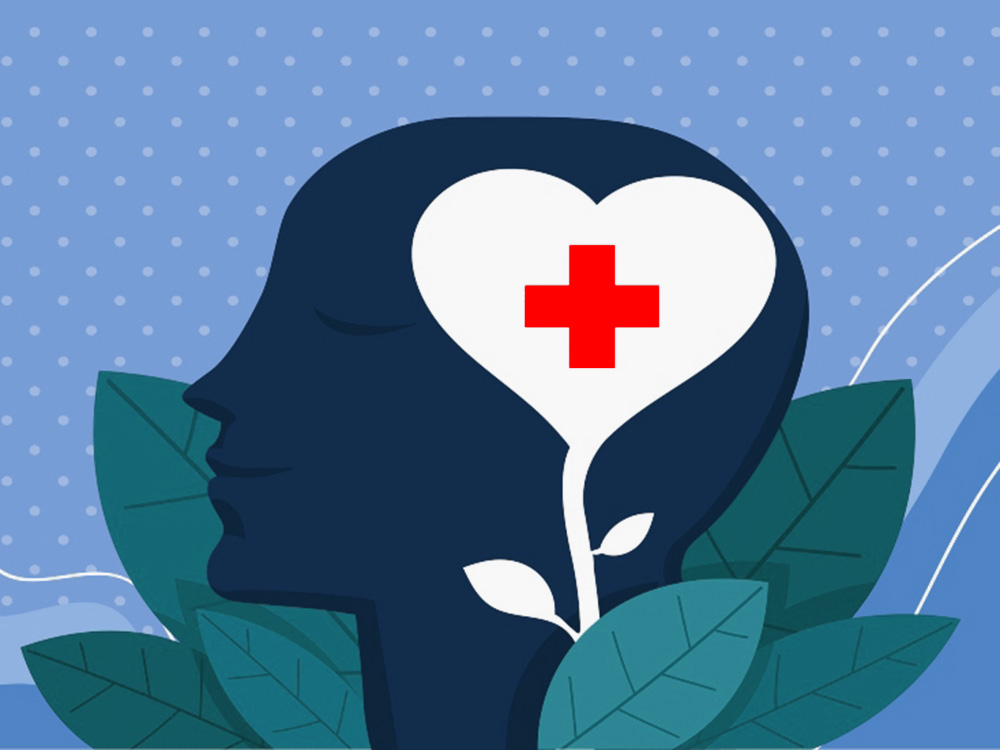
17 May What could Safe Work Australia, Microsoft and Optimum have in common?
They all have data on psychological health and safety in the workplace and view this data through their own unique position in the market and how it impacts workforces.
Safe Work Australia
Safe work Australia earlier this year released data on the psychological health and safety of Aussie workers (2021-22).
The data suggests that of the 10,000 serious mental health workers compensation claims in 2021-22, 52,2% were due to work related harassment or bullying and work pressure.
Mental health conditions accounted for 9% (11,700) of all serious claims.
The striking aspect of this data is that it represents a 36.9% increase in claims since 2017-18. This compares to an 18.3% increase for all serious claims over the same period. Most of the increased mental health numbers were attributable to mental stress (92%).
The report identifies that the cost of mental health workers compensation claims is much higher than other work-related conditions.
In 2020-21 the median claim for mental health related conditions was $58,615 compared to $15,743 for all injuries and diseases.
The mental health claimants were away from work for longer…34.2 weeks lost time. This compared to 8.0 working weeks for those with injuries or disease.
The claimants worked primarily in health care and social assistance industries. Women were the dominant claimant (57.8%). All claimants return-to-work rate was 79.1% compared to 91.6% for all injuries.
Microsoft
At the recent 23rd World Congress on Safety and Health at Work – Microsoft’s Managing Director of Australia and New Zealand, Stevan Worrall indicated that there is an estimated 12 billion working days lost across the globe annually to matters linked to the psychological state of workers.
Bringing the matter closer to home Worrall estimates that there is a $43-$70 billion dollars impact on our national productivity linked to psychological health matters.
Optimum
Optimum’ workplace data breaks the mental health spectrum into depression, anxiety and stress. A workforce data base (n=1141) in 2024 – reported 30.85% of those under 30 years of age are in the severe or extremely severe levels for anxiety. The 16–19-year-old cohort accounted for 21.22% in these high-risk categories for anxiety.
The under 30-year group also reported 13.22% for stress and 12.55% for depression – in these high-risk categories. In both these elements the younger age (16-19 years) was the biggest representative group.
Females reported higher levels of anxiety, depression and stress than their male counterparts across all three elements.
So what?
The common thread in all three stories is the evidence surrounding mental health and the impact it has on workforces, individuals, businesses and communities. The risk is well established. The numbers are alarming. One gets the feeling that these numbers may pale into insignificance over the coming years, due to the new legislation and the overt impact mental health is having on the younger workers.
Mental health is a risk factor with many aspects and requires a team approach to mitigate the alarming risk it presents.
Safe Work Australia – Data insights, Snapshot: Psychological health and safety in the workplace, February 2024.

